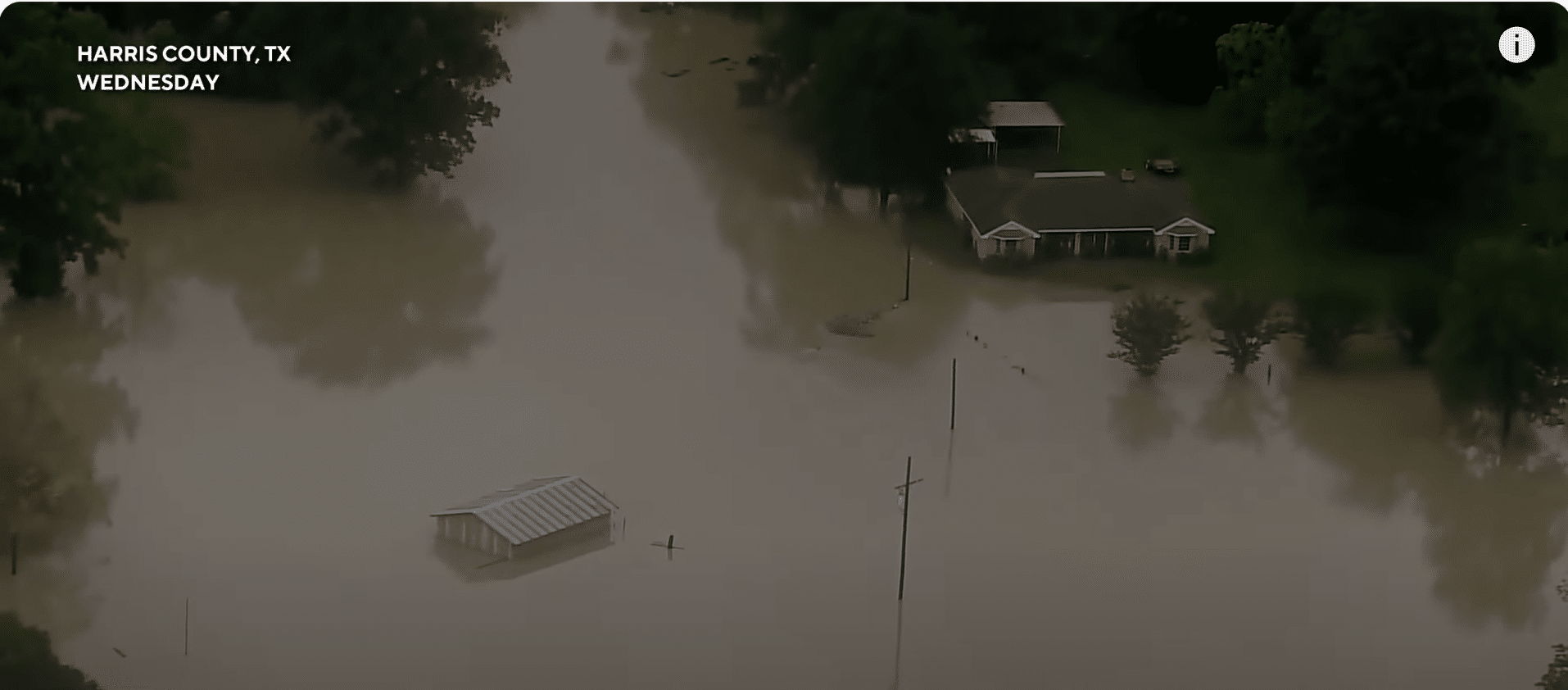Google has developed a new artificial intelligence model that can help forecast weather. The AI model is dubbed SEEDS, or Scalable Ensemble Envelope Diffusion Sampler.
SEEDS works similarly to popular large language models like ChatGPT and Midjourney. It leverages the power of AI to generate a vast number of weather forecasts in a short amount of time.
This allows Google researchers to analyze a wider range of possible weather outcomes. More importantly, it could give them a more comprehensive picture of hazardous events to come.
“Accurate weather forecasts can directly impact people’s lives, from helping make routine decisions,” Google writes in a blog post.
“The importance of accurate and timely weather forecasts will only increase as the climate changes,” it added.
“Recognizing this, we at Google have been investing in weather and climate research to help ensure that the forecasting technology of tomorrow can meet the demand for reliable weather information.”
Current methods for weather prediction are expensive and often miss critical details about impending weather catastrophes.
However, SEEDS could potentially capture rare events that current models might miss.
“This technology opens up novel opportunities for weather and climate science, and it represents one of the first applications to weather and climate forecasting of probabilistic diffusion models,” Google explained.
The Google team described their findings in a paper published March 29 in the journal Science Advances. The study says SEEDS’ technique is based on probabilistic diffusion models.
SEEDS creates forecast models using weather data such as air pressure and atmospheric energy. It focuses on how these measurements are connected, which helps improve weather predictions.
This technique is growing in popularity among weather and climate applications such as nowcasting and upsampling. “Our Scalable Ensemble Envelope Diffusion Sampler can generate an arbitrarily large ensemble conditioned on as few as one or two forecasts from an operational NWP system,” the study reads.


















